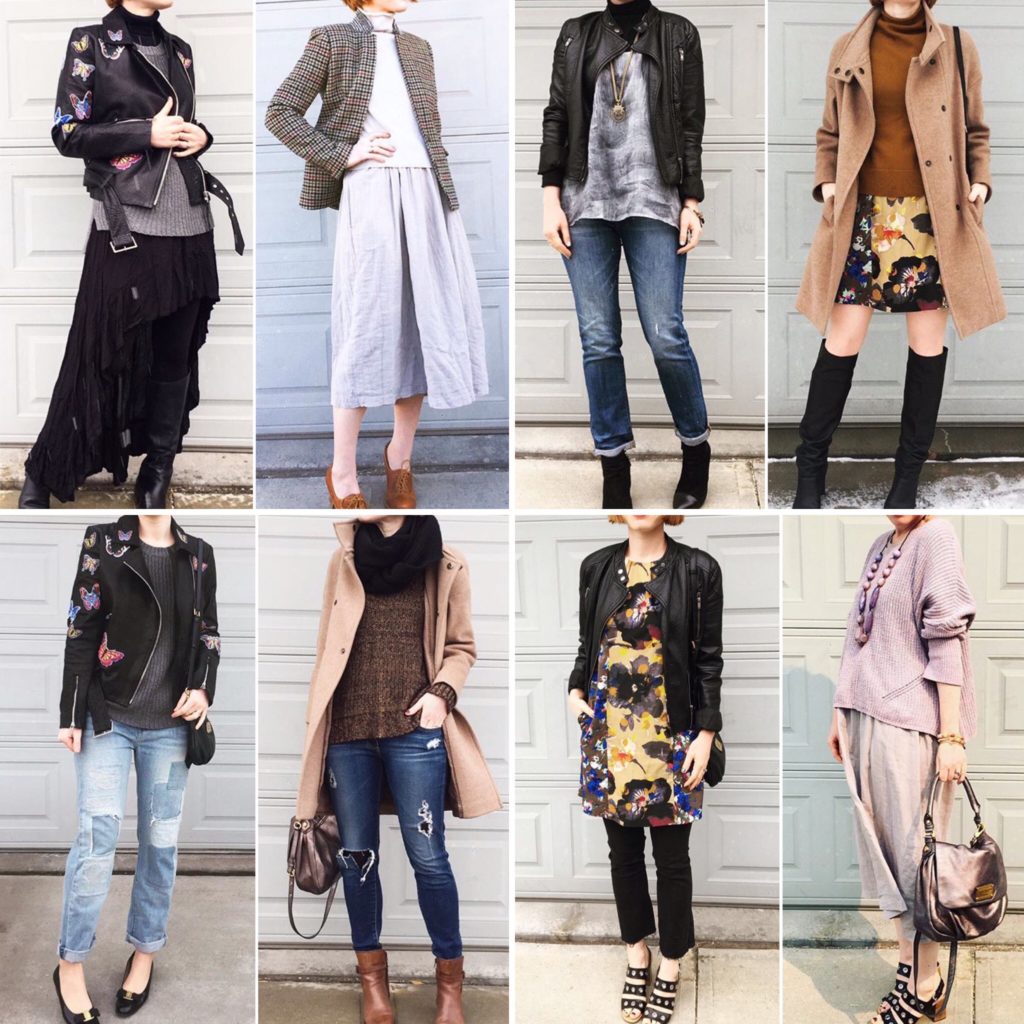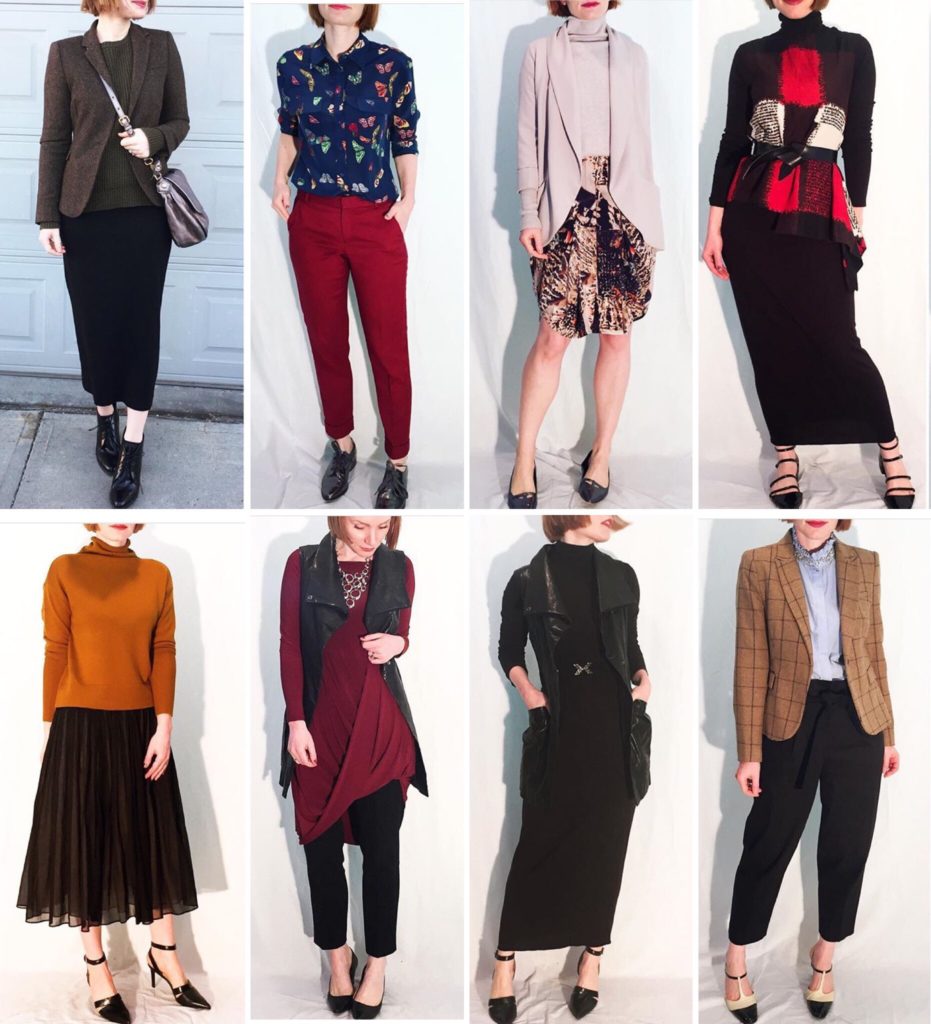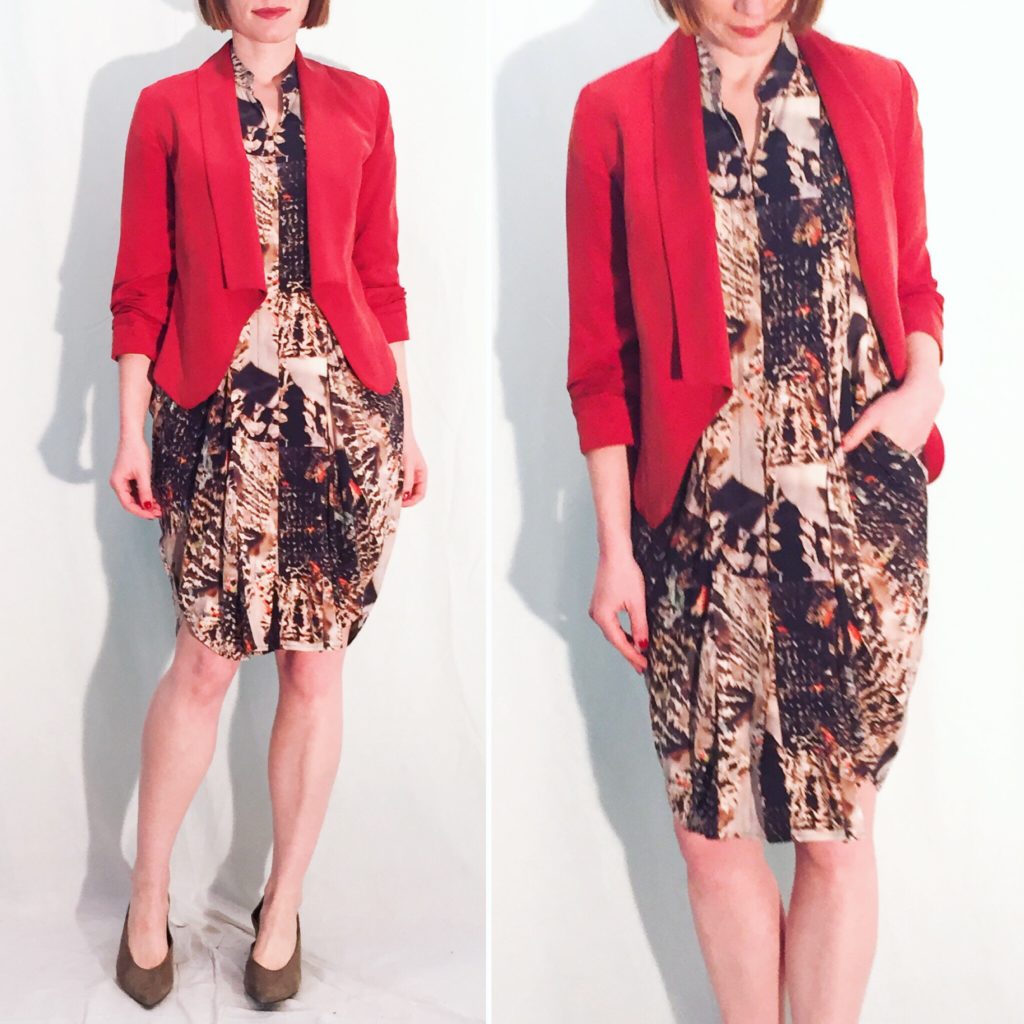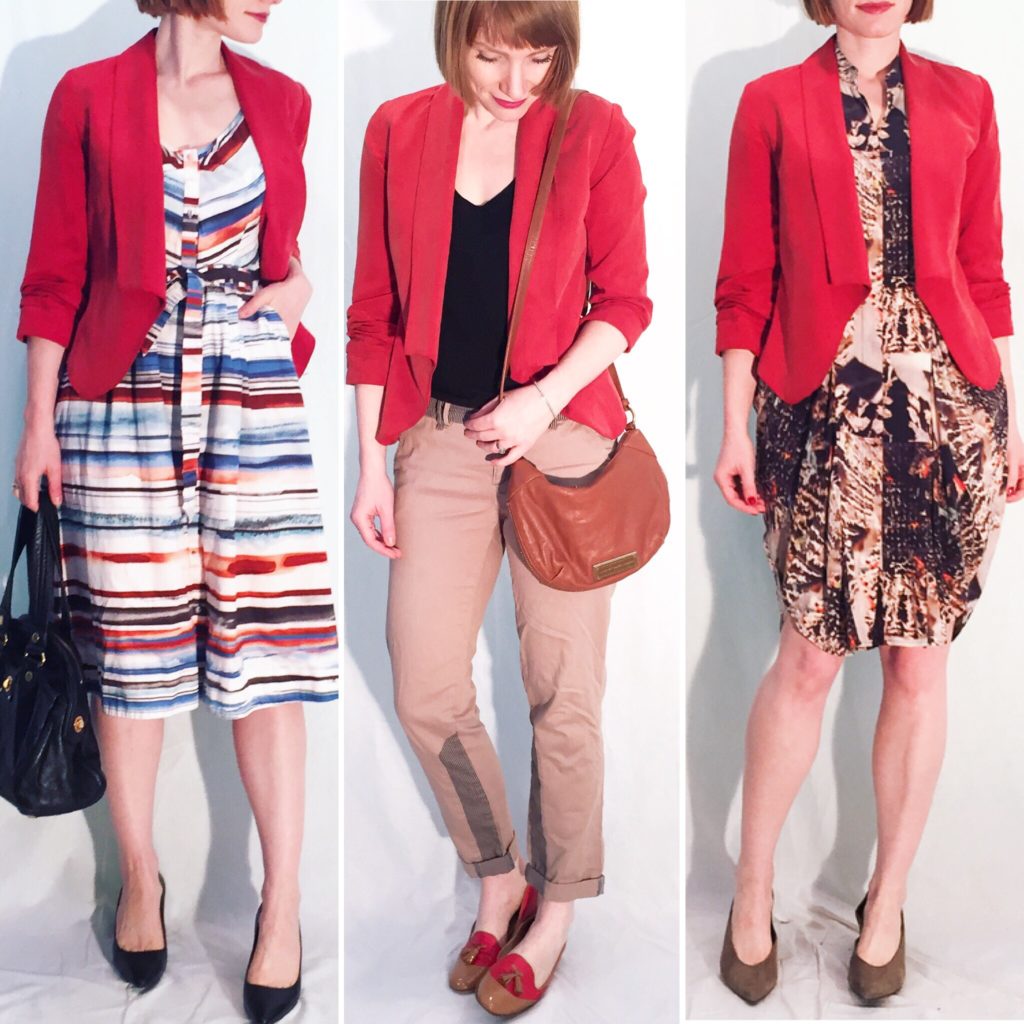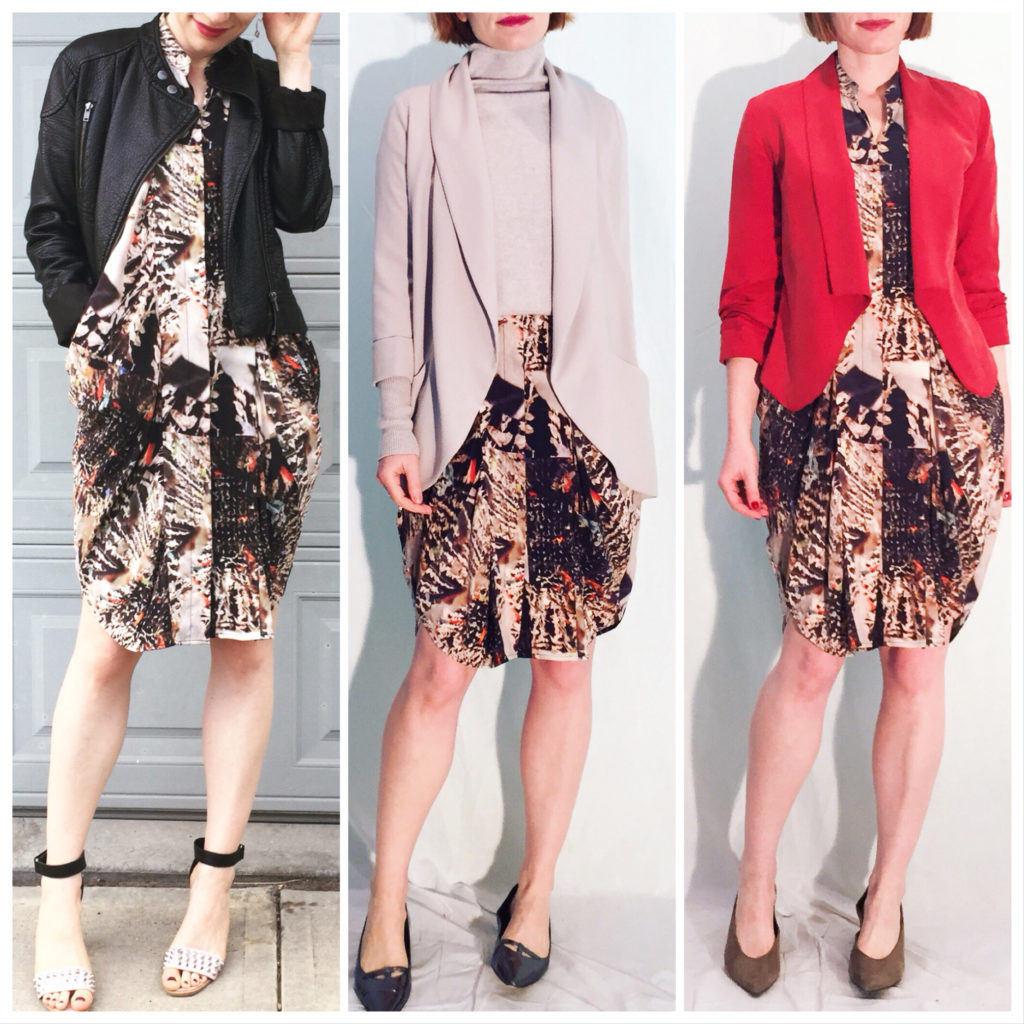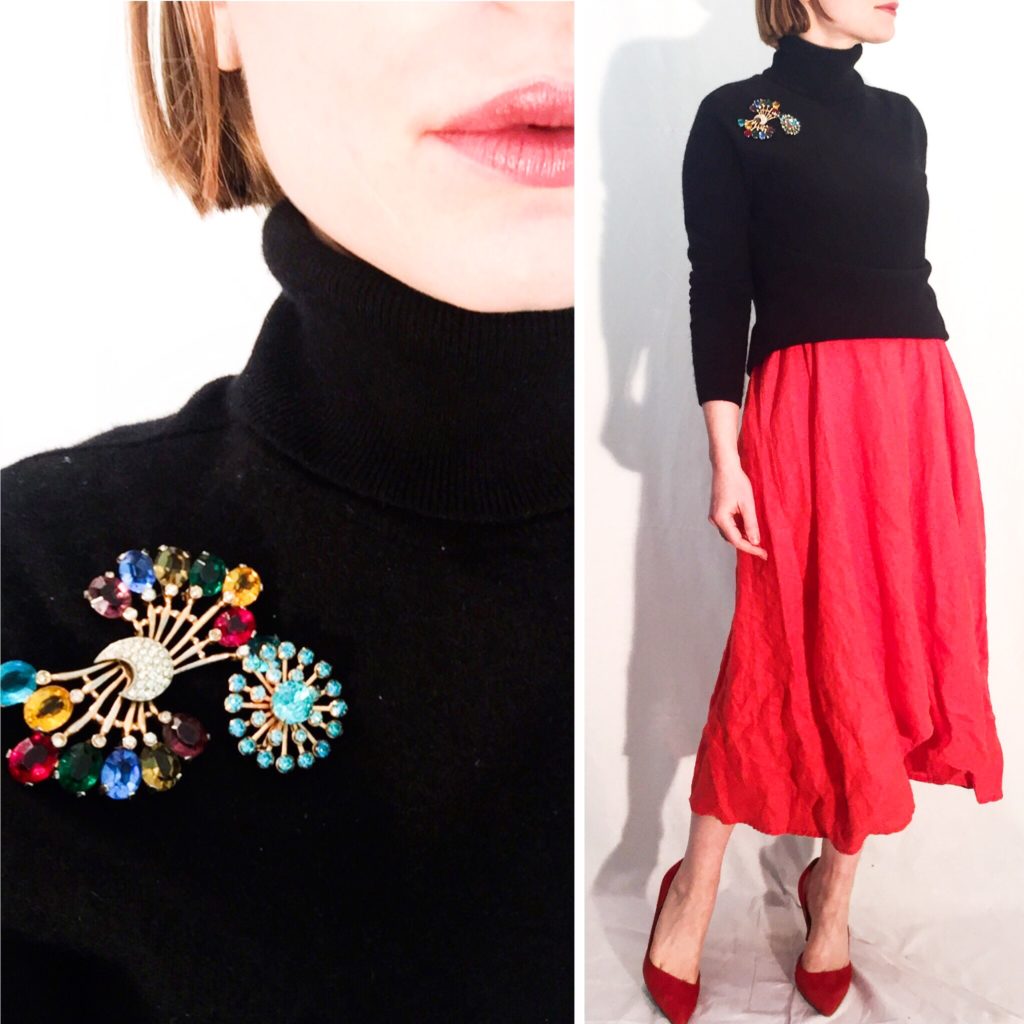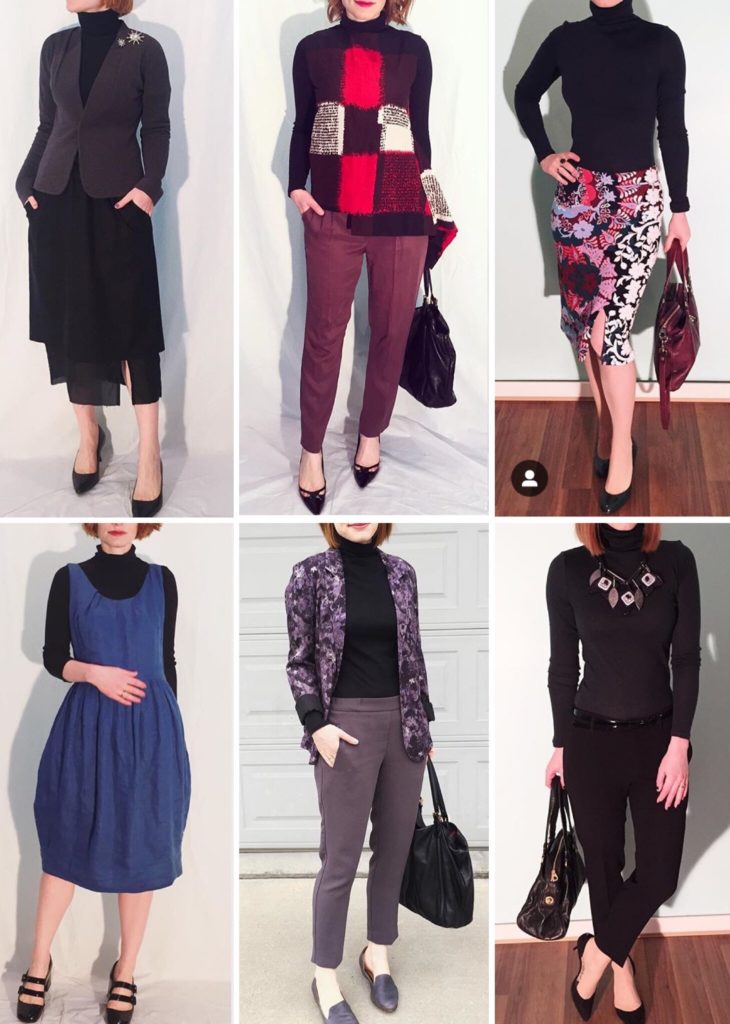These are some of my favourite non-clothing purchases of the year.
2018 Mitsubishi Mirage
So, yeah: I bought a car this year. Up until this summer, we have been a one-car family; while our Subaru Outback is a great family car, I didn’t particularly like driving it. I like small, compact cars because I feel I have a better sense of direction/space in them; parking an SUV is one of my worst nightmares. I don’t do much driving, especially in the winter, but I really missed the freedom of just being able to go places without having to worry about logistics … or parking stress. The Mirage was the right size (SMALL!), and offered the most value for my budget; I’m not a car person, so I was mostly concerned with having the basic comforts: AC, heated seats, back-up camera, etc., all of which came standard with the entry level package. Anyway, I love driving my little car and it’s definitely my favourite non-clothing purchase of the year, but this is one thing where your mileage may definitely vary – no pun intended – so don’t take this as any sort of testimonial.
Augustus the Fiddle Leaf Fig
2018 was also the year when I became a plant mom. It hasn’t always been easy, but Augustus is one of our success stories and my pride and joy. Fiddle leafs are notoriously finicky plants, so the fact that he looks to be thriving (we recently got the second set of new leaves) makes me incredibly happy. Auggie is also a very handsome fellow who makes a big impact on our living space; he’s even managed to make a fan out of my husband, who started off by calling him a “cabbage”.
Thayers Rose Petal Witch Hazel Toner
I feel like I spent the first part of the year experimenting with my beauty routine, only to spend the last six months drastically simplifying it again as my interest in all things skincare began to wane again. I currently have it narrowed down to about 5-6 regular products (which might sound like a lot, but isn’t considering where I started) which seem to keep my skin happy. For my morning toner, I am still a fan of The Ordinary’s Lactic Acid 5% solution, but the company shenanigans (and constant shipping delays) have made me a bit leery of getting too reliant on it. Lately, I have been alternating between the Lactic Acid (working through my stockpile) and the Thayers Rose Petal Witch Hazel Toner. I don’t feel like the latter is as astringent as the Lactic Acid, but it still works on the morning “slick” and it doesn’t make my skin angry. The best part is that I can Amazon Prime a large bottle for under $20 in less than 48 hours – instant gratification is the best kind of gratification.
Structube Miles Day Bed
We have been low-key remodelling our main floor all year, and while we are nowhere close to being finished yet, our living room is looking pretty nice. Swapping out my old IKEA half-shell chairs for this Structube bench/day bed really upped the style ante. I love the dark green velvet, and it works surprisingly well with all the other colour in the room. As a bonus, it’s also practical (can sit up to 3 people in a pinch) and comfortable (we have all been known to take turns reclining on it, but the kids are its biggest fans).
Cozy therapy Plush
I’m only somewhat joking when I say that my son is addicted to his cozy plush; he asks for it to be heated every night before he goes to bed, and he assures me that it really helps his sore muscles. Why does a 7-year old have so many sore muscles? I have no idea. Having borrowed it once or twice, I will say that this thing is pretty handy (and a nicer alternative than a water bottle, IMO) if, for example, you experience any aches and pains at certain times of the month. Ahem.
Jiffy ESTEAM handheld steamer
This thing was a game changer for me vis-à-vis clothes maintenance. I use it on all my thrifted finds, as well as to refresh clothes between washings/dry cleanings. And it does a good job of getting wrinkles out of most fabrics; it won’t deliver a perfectly crisp button-down shirt like an iron would, but then again – I don’t wear button-down shirts, crisp or otherwise. [My husband irons his own shirts, though he is a fan of the steamer as well.] But use with caution: I recently managed to give myself a first degree burn by getting too close to the steam. It’s much hotter than you would think.
[Side note: I applied my Dr. Jart Cicapair cream to the burn, and it has healed without any issues/scars.]
Anthropologie flower vases
I thrifted a lot of great home decor stuff this year, and while it’s hard to pick favourites, my three Anthropologie flower vases are probably at the top of the list. Two of them were older styles, which were actually thrifted not by me, but by my friend Jenn (Life Preloved) who passed them along to me. I also bought one of the new styles that came out at Anthropologie this fall, and it did take quite a bit of willpower not to buy more.
Books
Y’all know I love books, but as I was revisiting my mental list of books read in 2018, I couldn’t think of many that would pass the “favourites” threshold. I guess I read a lot of “okay but not memorable” books this year? I dunno, I could also be suffering from pre-holidays mental daze. In any case, here are some that I can still remember and recommend wholeheartedly:
– We Are Never Meeting In Real Life, Samantha Irby
– Hillbilly Elegy: A Memoir of a Family and Culture in Crisis, J. D. Vance
– Champagne Supernova: Kate Moss, Marc Jacobs, Alexander McQueen and the 90s Renegades Who Remade Fashion, Maureen Callahan (a must-read for any Gen-Xer who loves fashion and gossip)
OK, your turn: what were your favourite things that you bought this year? And please, for the love of dog, send me your books reccs so I can start 2019 strong!
